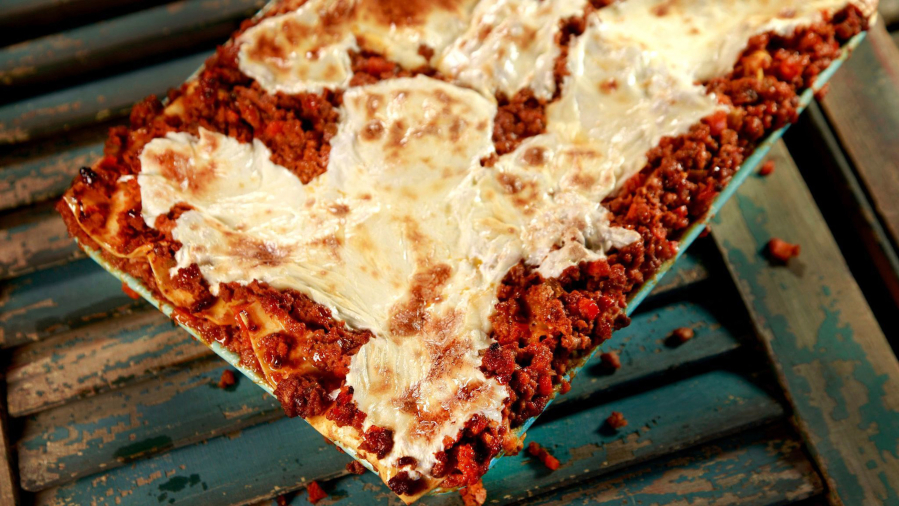Lasagna is one of those dishes best eaten a day or more after it is made, so the flavors have a chance to marry and the components can bond more firmly. That can be quite helpful at this time of year when we are busy with holiday preparations — and perhaps a bit burned out from all of that Thanksgiving cooking.
A complete meal in itself, no sides are necessary with lasagna, though a green salad can add a welcome crunch factor. Lasagna is easily adaptable for vegetarians and can be made with gluten-free lasagna noodles for those who do not eat wheat. Want to cut down on dishes too? No-boil lasagna noodles reduce preparation time and pot washing.
Classic lasagna Bolognese uses a ragu — slow-cooked meat sauce — rather than ground beef simmered in marinara, and a bechamel in place of the layers of ricotta and mozzarella that we are accustomed to here in America. Though you can’t taste it, Anthony Bourdain’s ragu includes chicken liver, for even more richness and depth of flavor. His Lasagna Bolognese also uses no-boil lasagna noodles for easier assembly.
Lorenza Munoz makes a vegetarian Mexican Lasagna, using popular Mexican ingredients such as rajas — strips of poblano chile sauteed with onions — in place of the meat and her own blend of sour cream and cotija cheese to make “Mexican ricotta.”



